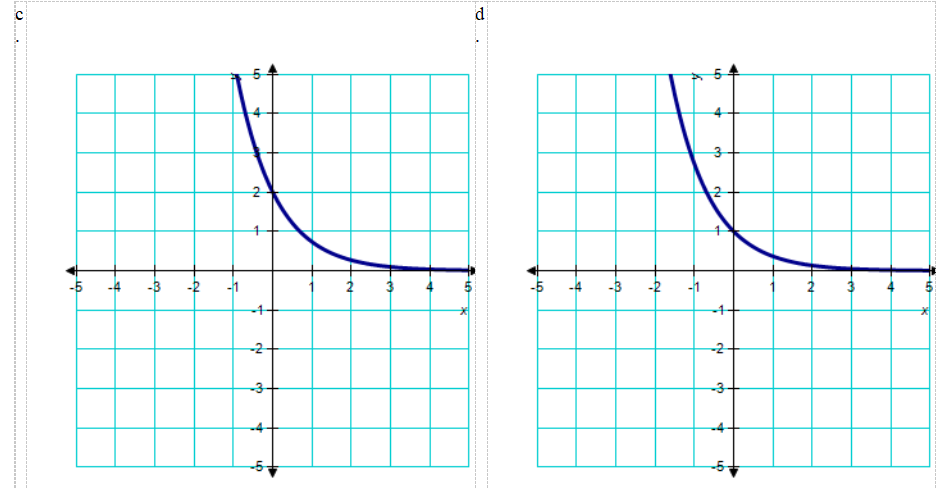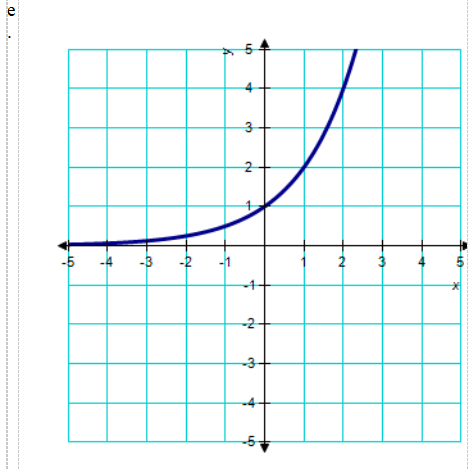Solve the problem.Why can't 1 be the base of a logarithmic function?
What will be an ideal response?
Answers may vary. One possibility: If the base of a logarithm were 1, as in y = log1 , then for all values of y, x would equal 1. A function requires each x-coordinate to have a unique y-coordinate. Thus, the equation y = log1
, then for all values of y, x would equal 1. A function requires each x-coordinate to have a unique y-coordinate. Thus, the equation y = log1 , whose graph would be equivalent to the line
, whose graph would be equivalent to the line  would not be a function.
would not be a function.
You might also like to view...
Tell whether or not the relation is a function.{(-7, 8), (-4, -6), (-1, -5), (2, -1)}
A. Yes B. No
Write the number in the sentence in digits.The volume of water in the lake is twenty-six billion, four hundred nine million, five hundred sixty-nine thousand, two hundred twelve cubic inches.
A. 26,409,569,212 B. 26,000,409,569,212 C. 26,490,569,212 D. 260,409,569,212
Sketch the graph of the function.



Find the products AB and BA to determine whether B is the multiplicative inverse of A.A =  ,B =
,B = 
A. B = A-1 B. B ? A-1